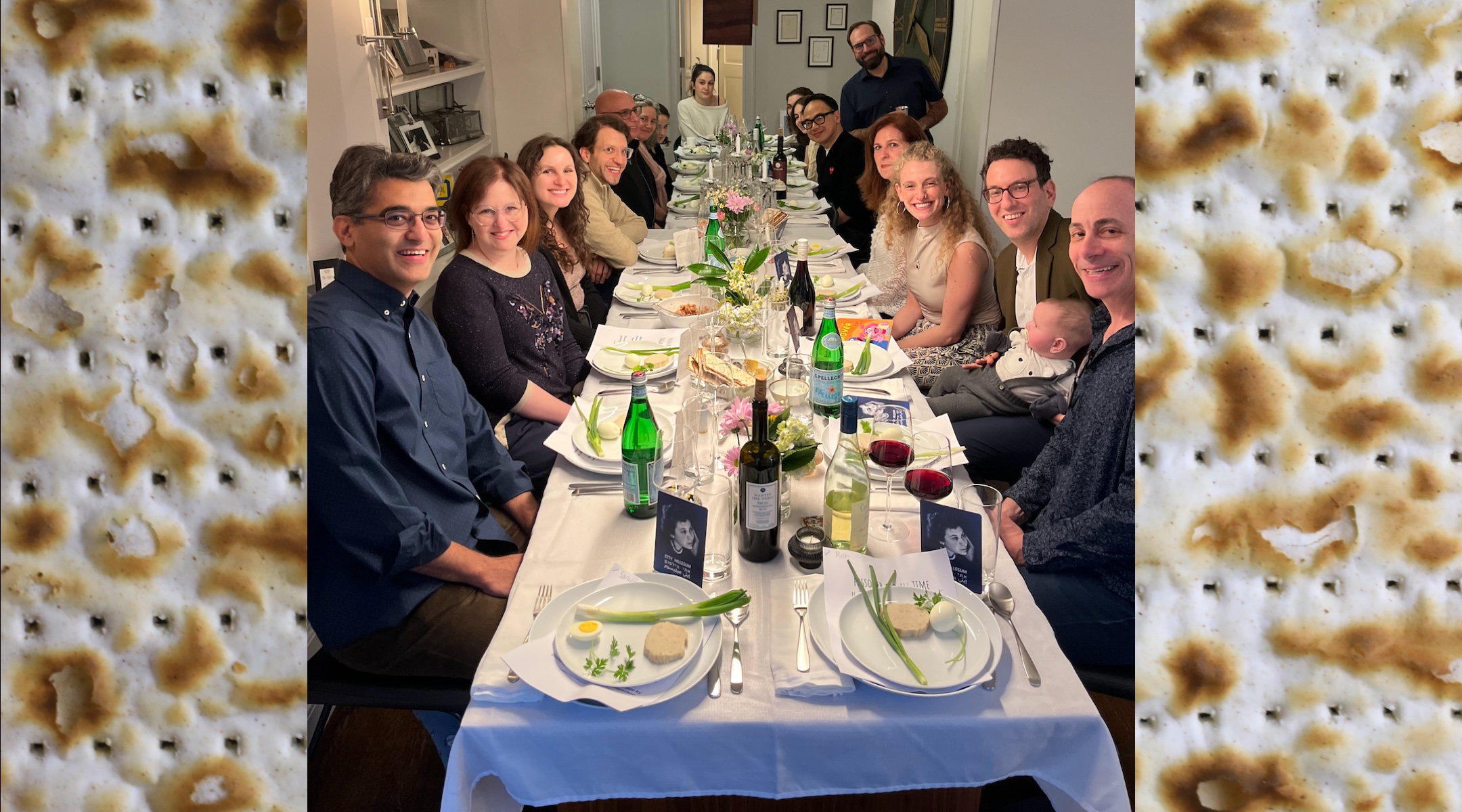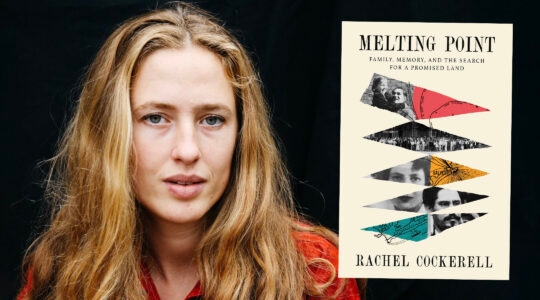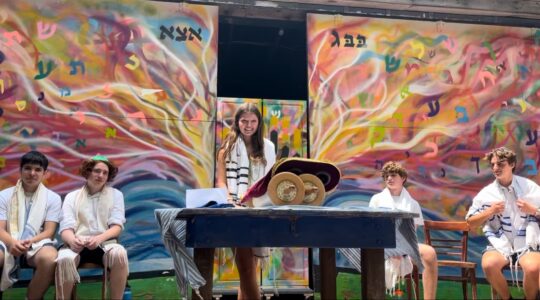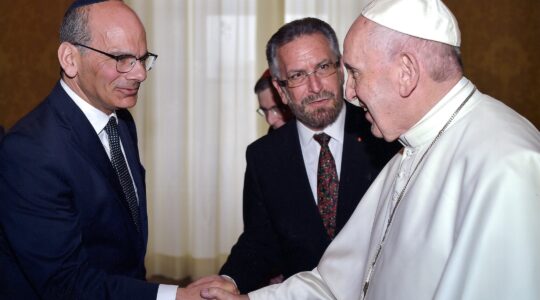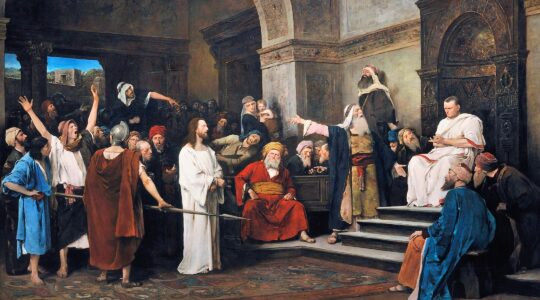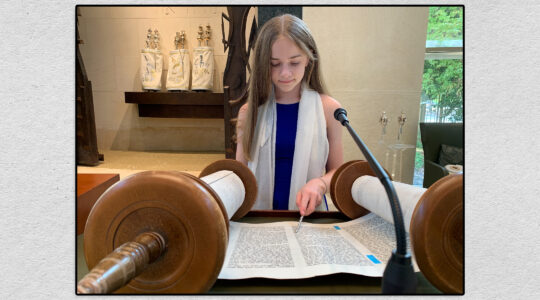The poem by Primo Levi that begins my haggadah echoes the line in Exodus that tells us the Israelites fleeing Egypt were joined by an “erev rav” — a mixed multitude. Commentators explain these were people who had married in, who were “bi-tribal” offspring, who were Egyptians or members of other ethnic groups, eager to join the Hebrews in their pursuit of liberation and possibility. Throughout history, “erev rav” has come to reference the heterogeneity among all who comprise the Jewish community.
During these days when we are experiencing a strange and sinister attack against diversity, the mixed-multitude gathered around my seder table felt all the more significant and celebratory. Of course, there was Kurush Mistry, whom I met as he journeyed from defacing hostage posters to teshuvah, or repentance. Our friendship is as improbable and hopeful as the Exodus of ancient refugees from slavery to liberation, and embodies the ultimate lesson of Passover, which is that every person deserves empathy and respect.
Kurush got the conversation started. After I explained that the haggadah doesn’t include the answers to the Four Questions in order to emphasize the importance of questions and conversation over rote information, Kurush jokingly, and in all seriousness, asked, “Can you crack the code and answer the last two, just this once? What is the reason for all the dipping and reclining?” That led to a discussion about the Greco-Roman roots of the Passover Seder, and we marveled at how a foundational Jewish ritual was modeled on the practice of polytheistic Hellenists.
The Four Questions were then chanted in Hebrew by a 15-year-old who came with her two dads, and were read in English by an 11-year-old secular Jew, attending her first Jewish holiday celebration. Kurush sat across from the youngest at the table. At 5 months old, he was “The Child Who Does Not Know How To Ask,” sitting on the lap of his Israeli father.
I had invited everyone to bring something that represented a connection to their childhood. My friend from Hong Kong made chicken in lettuce cups that were always part of his Chinese New Year celebrations. My childhood bestie made a vegetable kugel recipe passed through the generations. A guest I met for the first time that evening, who left the haredi Orthodox community where she was raised, came from a tradition that allows only holiday foods that were cooked in the home. She brought her family’s one exception: brightly colored cookies representing the appeal of another world that was tantalizingly close but also a distant dream.
Every contribution was a personal gift that brought depth and delight to our communal feast, but none was as essential as the Indian lamb recipe that came from Kurush’s mother. I realized as the seder began that I forgot to get a shankbone, representing the holiday offering made by the biblical Israelites, so we added some of Kurush’s dish to complete our seder plate.
We leaned into the healing power of inclusion and empathy. I began by quoting Rachel Goldberg-Polin, whose son Hersh was captured, tortured and murdered by Hamas. She emphatically reminded us that there is something perverse about celebrating liberation when there are still souls and bodies being held in the dark tunnels of Gaza.
Before saying the blessing for maror, the bitter herbs, I shared a voice recording from a Palestinian friend of more than 30 years who lives in East Jerusalem, describing how he and others were held for no expressed reason at a Hebron checkpoint overnight. When he stepped out of his car to walk over to the soldiers and explain he is an Israeli citizen, he was met with gunpoint. He concluded his message offering us words of blessing.
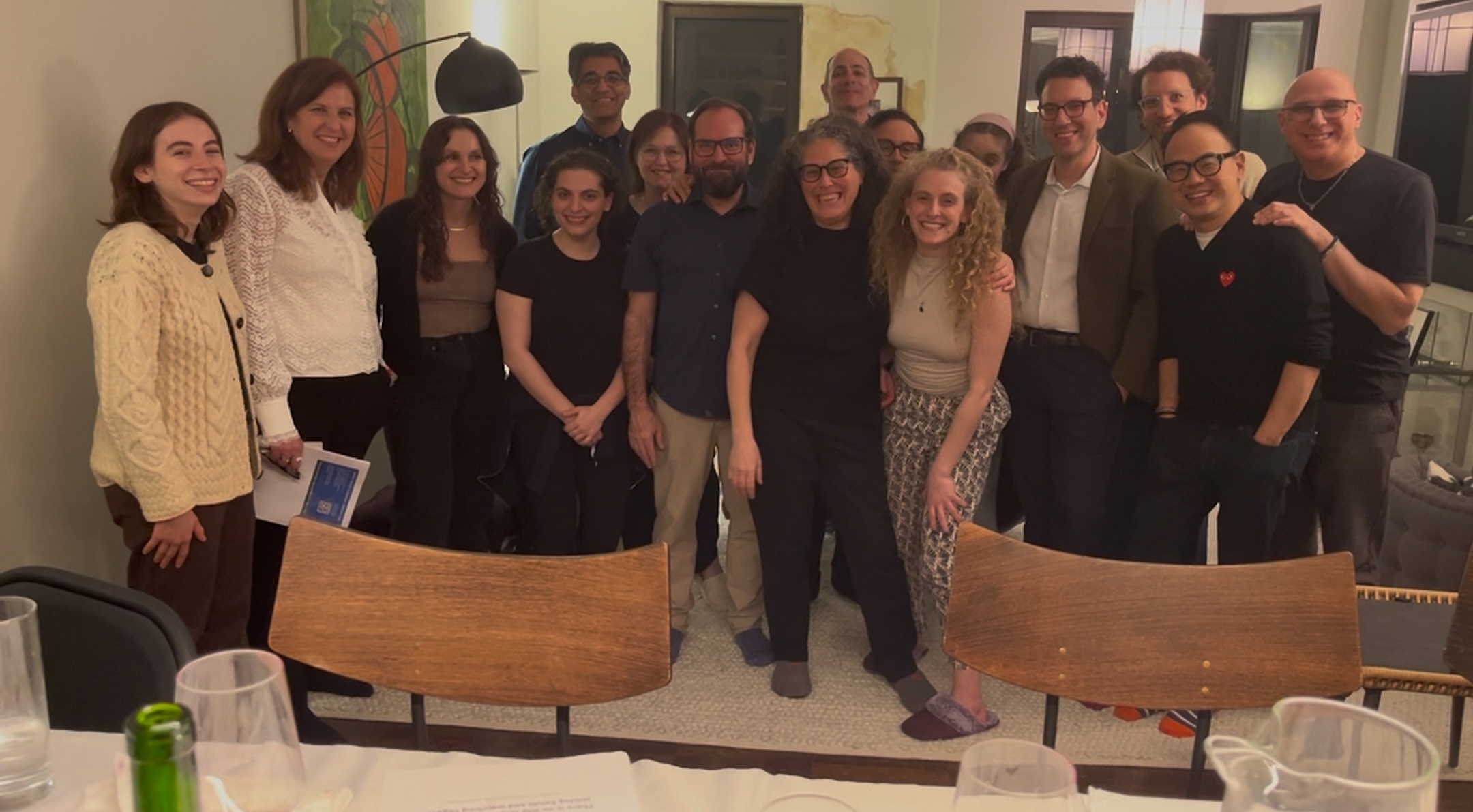
All the guests at Rabbi Sarah Reines’ Passover seder, April 12, 2025. (Courtesy Reines)
For yachatz, surrounding a broken matzah with two whole sheets of matzah, I gave everyone an Etty Hillesum card. Produced jointly by a Jewish Israeli woman and a Palestinian woman from Bethlehem, the cards translate into English, Hebrew and Arabic the writings of Hillesum, a Dutch Jewish humanitarian and diarist who was murdered at Auschwitz at 29. Everyone read their own card to themselves, then shared their takeaway with the person next to them. Kurush’s card aptly captured the awareness of shared humanity that he recovered through his process of teshuvah: “I have a sort of primitive love and primitive sympathy for people, for all people. … I, myself, am made up of so many people.”
We ended the seder with lyrics of a folk song by Shaul Tchernichovsky that my Israeli friend Nadav Tamir, executive director of J Street Israel, believes should be the anthem of today:
Rejoice, for I have faith in friendship,
I’ll find a heart, in this I’ve faith —
A heart that shares in all my hopes,
A heart that feels both joy and pain.And I will keep faith in the future,
Though the day is yet unseen.
Surely it will come when nations
Choose the blessing of peace.
Those closing words were read by a surprise member of our seder’s mixed multitude: a young Chinese American woman from Queens who I hired through TaskRabbit to help with the serving and cleaning. She had never heard of Passover, but joined in the seder and participated fully — reading, discussing, singing and weeping. Her presence, like that of Kurush, and every wondrously and perfectly complex person at that table, lifted up what is possible when we open our doors and open ourselves, enacting the lessons of sacred word and ritual, especially those that challenge us.
JTA has documented Jewish history in real-time for over a century. Keep our journalism strong by joining us in supporting independent, award-winning reporting.

